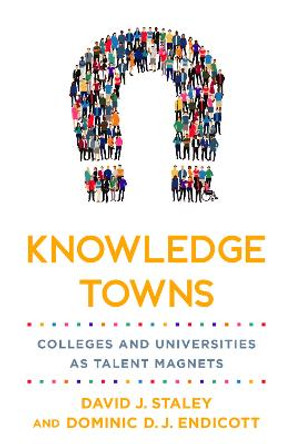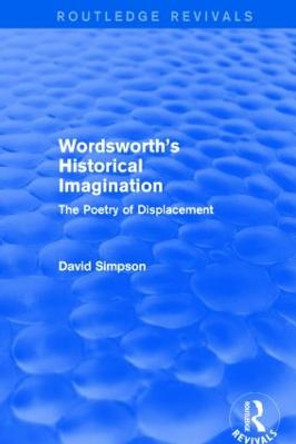Description
Historical Imagination examines the threshold between what historians consider to be proper, imagination-free history and the malpractice of excessive imagination, asking where the boundary between the two sits and the limits of permitted imagination for the historian.
We use "imagination" to refer to a mental skill that encompasses two different tasks: the reconstruction of previously experienced parts of the world and the creation of new objects and experiences with no direct connection to the actual world. In history, imagination means using the mind's eye to picture both the actual and inactual at the same time. All historical works employ at least some creative imagination, but an excess is considered "too much". Under what circumstances are historians permitted to cross this boundary into creative imagination and how far can they go? Supporting theory with relatable examples, Staley shows how historical works are a complex combination of mimetic and creative imagination and offers a heuristic for assessing this ratio in any work of history.
Setting out complex theoretical concepts in an accessible and understandable manner and encouraging the reader to consider both the nature and limits of historical imagination, this is an ideal volume for students and scholars of the philosophy of history.
About the Author
David J. Staley is Associate Professor of History at the Ohio State University. His previous books in historical theory include Computers, Visualization and History and History and Future: Using Historical Thinking to Imagine the Future.
Reviews
"An excellent and lucid introduction to one of the key issues in historical practice, examined through engaging examples. It will be read with profit by students of history [and philosophy at all levels."
David Kauffman, University of Edinburgh, UK
Book Information
ISBN 9781138689398
Author David J. Staley
Format Paperback
Page Count 150
Imprint Routledge
Publisher Taylor & Francis Ltd
Weight(grams) 453g







